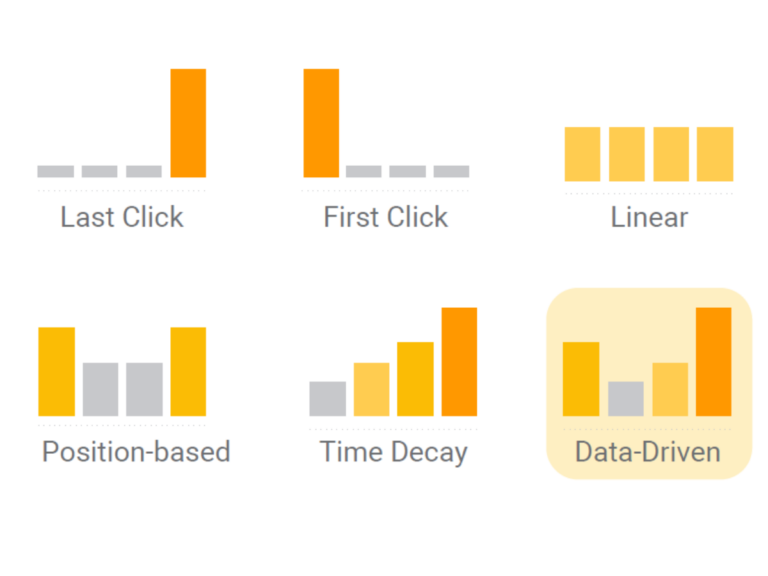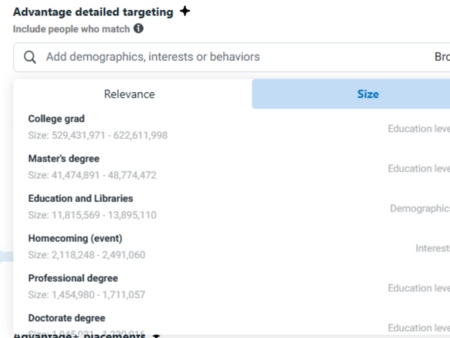There’s a growing problem on Google: malvertising. These fake ads, disguised as real promotions, are designed to trick users into clicking harmful links. Users are increasingly seeing these malicious ads in Google search results, which direct them to malware-infected sites or phishing attempts.
Malvertising is on the rise, with cybercriminals launching ads that look almost identical to well-known brands. Recent reports show a 42% spike in incidents, where users click on what they think are legitimate promotions, only to be led to malicious websites. These fraudulent ads often imitate big brands, but smaller companies can suffer from this as well.
How Does This Affect You?:
- User Trust Decline: With the rise in malicious ads, users may become wary of clicking on any ads, even those from trusted brands. This could result in fewer clicks on your legitimate ads, which could hurt your performance.
- Brand Safety Issues: If your ad appears near a malicious one, users might unfairly associate your brand with the scam. Maintaining your brand’s integrity becomes more challenging in this scenario.
- Ad Spend Concerns: Even worse, malvertisers are competing for the same keywords as you. This could drive up cost-per-click (CPC), making your ads more expensive to run. You could end up paying more for less, as the competition in these ad spaces intensifies.
How to Spot Malvertising:
It’s becoming more important than ever to spot malvertising. Here’s how you can protect yourself from these fake ads:

- Check the URL: Hover over the ad to ensure the URL matches the official website. Malvertisers use similar-looking URLs to trick users into clicking, so if something looks slightly off, avoid it.
- Watch for Misspellings: Legit ads rarely have typos or grammar mistakes. A misspelled brand name or awkward language could indicate a fake ad.
- Unusually Good Offers: If an offer seems unbelievably good, it’s likely a scam. Malvertisers often lure users with fake deals to get clicks.
Next Steps to Protect Your Business
As malvertising continues to rise, businesses need to stay vigilant to protect their online ads from being impacted.
- Stay Alert: Follow updates from Google regarding malvertising and any new measures they roll out to combat it. Awareness is your first defense.
- Strengthen Ad Targeting: Use more specific targeting options to avoid broad placements that might appear near harmful content.
- Monitor Campaigns Closely: Watch where your ads show up. If you notice them appearing near suspicious content, report those ads to Google.
- Educate Your Customers: Let your customers know what to look for and help them avoid these scams by directing them only to your secure sites.
Google is taking steps to fight this issue, but businesses must stay proactive in keeping their ads safe. Malvertising is a growing threat, but you can stay ahead by taking protective measures now.
If you’re worried about how malvertising could affect your Google Ads campaigns or if you need help navigating this issue, reach out to us today! We’ll help you safeguard your campaigns while maximizing your ad performance.





no replies